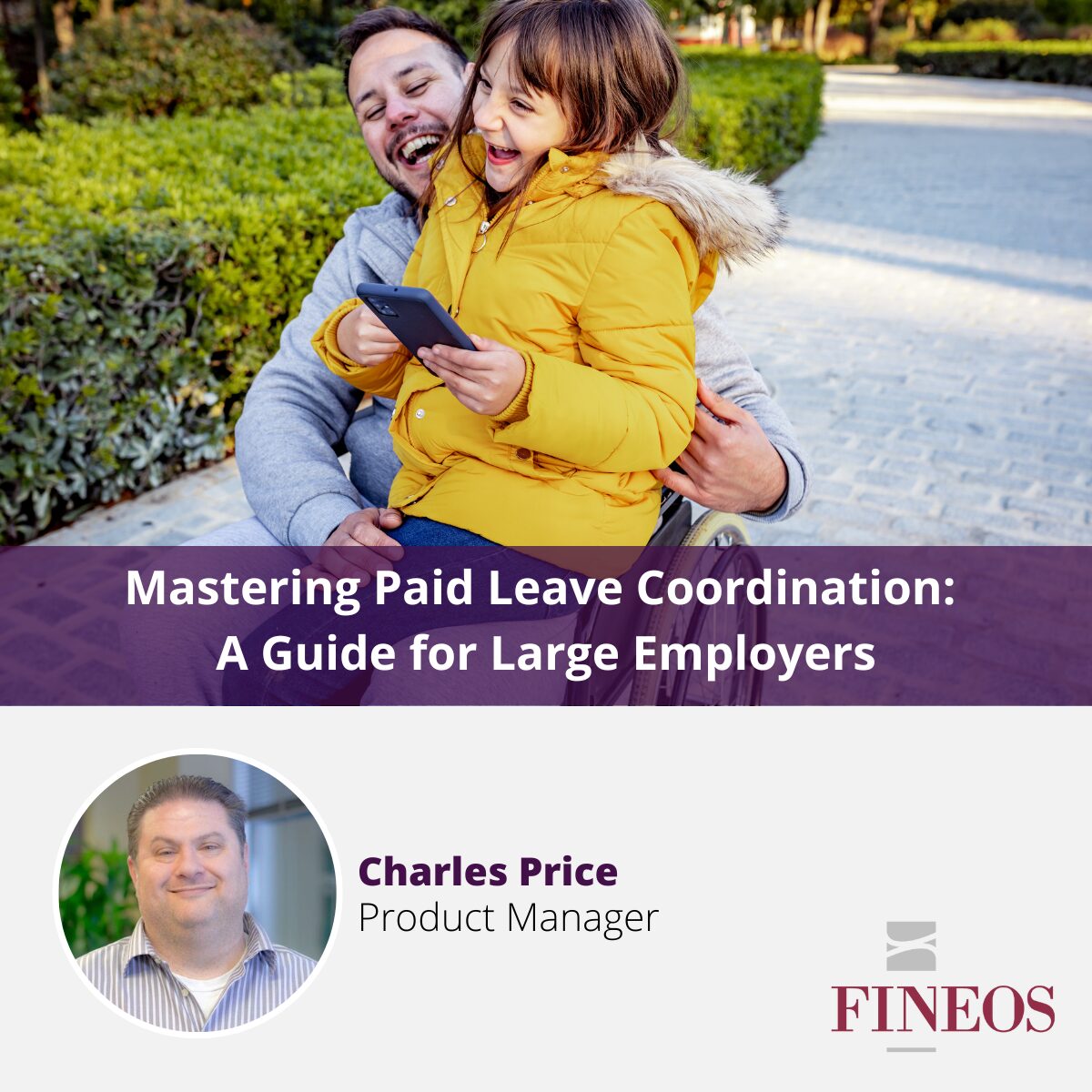This month as President Biden took office, he announced a proposed stimulus plan which would include reviving federal paid leave. Last April, the Families First Coronavirus Response Act (FFCRA) created a temporary federal paid leave requirement for many employers that expired on December 31, 2020. While Congress passed a second stimulus bill during the last days of December 2020, it did not extend the FFCRA’s paid leave mandates; rather the stimulus bill only extended tax credits available to employers who offer FFCRA-like paid leave through March 31, 2021.
As the COVID-19 pandemic continues to impact the country with schools, restaurants, theaters, and businesses remaining closed or operating under strict limitations, President Biden has urged Congress to tackle his stimulus plan immediately. Biden’s stimulus plan will build upon the FFCRA’s paid leave provisions, including offering the following through September 30, 2021:
- Paid leave for all employees, including federal workers and health care workers, thereby eliminating the FFCRA’s exemptions for employers with fewer than 50 employees, those with more than 500 employees, and the exemption for health care workers;
- Over 14 weeks of paid leave to:
-
- care for a child or loved one when their school or care center is closed;
- care for self or someone with COVID-19 symptoms;
- quarantine or care for someone in quarantine; or
- receive the COVID-19 vaccine;
- Paid leave for federal workers;
- A maximum paid leave benefit of $1,400 per-week for eligible workers; and
- Reimbursement for employers with less than 500 employees for the cost of this leave via tax credits and reimbursement for state and local governments for the cost of the leave.
Federal paid leave tends to have bi-partisan support among voters, with 8 in 10 supporting national paid leave for workers. The cost of the paid leave, however, is what tends to divide Congress from easily passing such a law. The COVID-19 pandemic has spotlighted the need for paid family and medical leave and is what ultimately convinced Congress to pass such a law last year, albeit a temporary one.
The House of Representatives is expected to take up Biden’s plan when it reconvenes next week and we will again watch to see whether and what form of paid leave might return at a federal level. If Congress passes the stimulus plan with some form of paid leave, Biden is expected to sign such a bill. And while the paid leave measure is expected to be temporary, it bodes well that Congress will have considered and passed federal paid leave multiple times in a 12-month period. Perhaps this will set a new tone for the possibility of a federal paid leave initiative for the remainder of this decade and the future.
In the meantime, as has always been the trend in disability and leave of absence, employers and states are not planning to wait for the federal government to act. States continue to pass paid family and medical leave and paid sick leave measures, building on the trend seen in 2010s. Employers know that to attract and retain employees, even during the recession caused by the COVID-19 pandemic and likely because of it, they must offer paid leave for employees’ and their family members’ health concerns.
The FINEOS Integrated Disability and Absence Management (IDAM) solution brings together the robust FINEOS Absence, the market-leading FINEOS Claims and FINEOS Payments to develop a single book of record for all absence management related services, including paid leave. If you’re ready to simplify the complex landscape of absence management, contact us at info@FINEOS.com.


